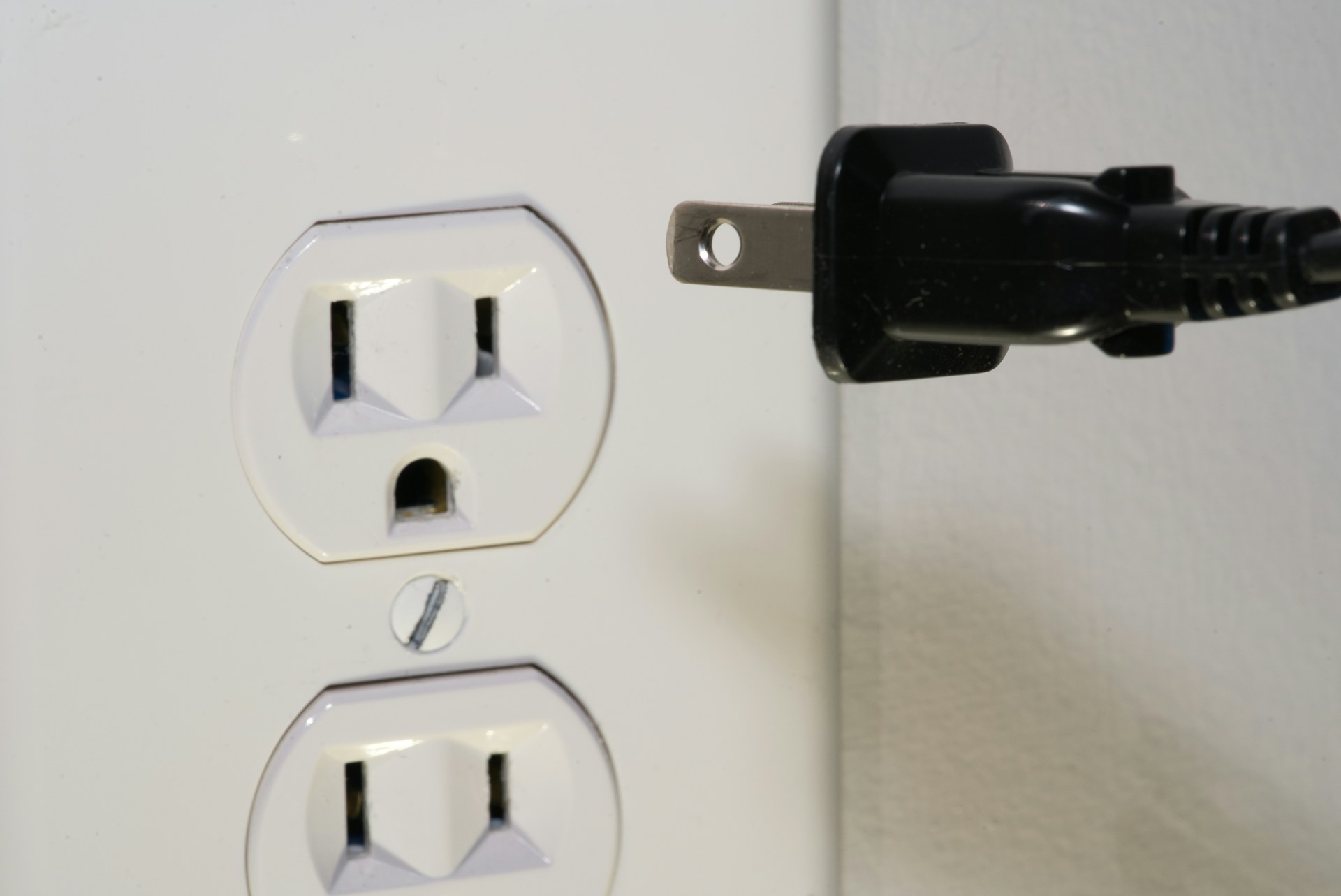Electric bills can hit hard, especially during peak seasons. For families with tight budgets, even small rate hikes can cause stress. That is where federal energy assistance programs come in. These programs help eligible households reduce monthly costs and stay safe year-round.
What are federal energy assistance programs?
These are government-funded programs that help low-income families pay for heating, cooling, and electricity. The most well-known is LIHEAP—the Low Income Home Energy Assistance Program. It offers direct payments to utility companies, emergency support, and weatherization help.
Who qualifies?
Eligibility depends on income, household size, and location. Most programs use federal poverty guidelines. For example, a family of four earning less than $45,000 may qualify. Seniors, people with disabilities, and families with young children often get priority.
How do these programs help?
- Bill payment support: Covers part of your monthly electric or gas bill.
- Crisis assistance: Helps if you are about to lose power or face shutoff.
- Weatherization services: Funds upgrades like insulation, window sealing, or energy-efficient appliances.
- Energy counseling: Offers tips and tools to reduce usage and lower costs.
How to apply
- Visit your state’s energy assistance website or local community action agency.
- Gather documents like proof of income, utility bills, and ID.
- Fill out the application online or in person.
- Wait for approval as some programs respond within two weeks.
Tips to improve your chances:
- Apply early in the season. Funds run out fast.
- Double-check your paperwork. Missing documents delay approval.
- Ask about related programs. Some states offer extra help for renters or seniors.
How does this connect to your household savings?
Federal programs do more than cover bills. They help you upgrade your home so future costs stay low. Weatherization, for example, can cut heating and cooling bills by 20 to 30 percent. That means long-term savings, not just short-term relief.
At the same time, these programs reduce risk. Losing power during extreme weather is dangerous. Assistance programs help families stay safe and avoid costly emergencies.
If you qualify, do not wait. These programs exist to help. They are funded, tested, and proven to work. Applying takes effort, but the payoff is real; lower bills, safer homes, and more money left for other needs.


Leave a Reply